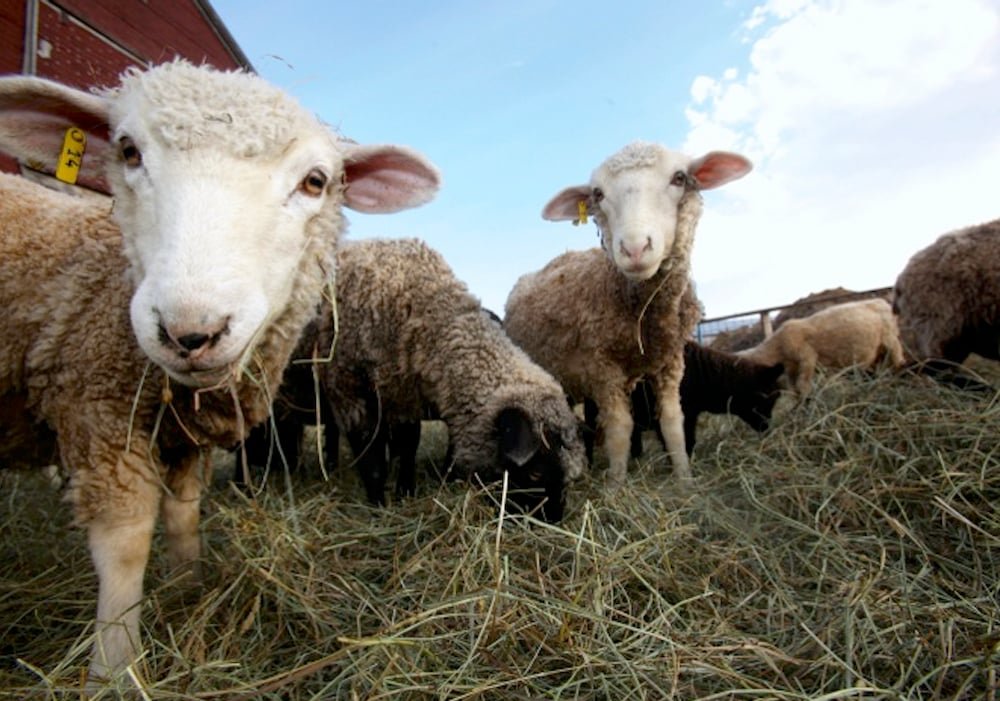The nutritional value of meat should be considered when comparing carbon footprints.
Please also read
Opinion: Kudos to Growth Mindset
Earlier this winter, I met Craig Connell a number of times. First at the Ontario Dairy Farmers Annual General Meeting, and then…
This is the key message from a recent study conducted by Hybu Cig Cymru – Meat Promotion Wales, Bangor University, Queen’s University and Agri-Food and Biosciences Institute.
This study, using data from the Lamb Meat Quality Project in Wales, examines different lamb production systems, particularly the duration of lamb finishing to reach the desired weight, meat and fat range for the market and ultimately the consumer. focused on.
There is a range of lamb production systems on Welsh farms, from low input systems where the lamb’s diet is overwhelmingly grass based, to high input systems where the lambs are fed concentrates along with grass and other feed.
In this study, we specifically investigated nutritionally the impact of finishing diet on the carbon footprint of lamb meat.
“The results published in this paper are great news for the agricultural sector. We know that lamb production systems are under increasing pressure to reduce their environmental impact, particularly greenhouse gas emissions.” said study co-author Eleri Thomas, an executive at Hybu Cig Cymru – Meat Promotion in Wales.
“However, current metrics used to describe lamb’s carbon footprint take little account of its nutrient density or its contribution to a balanced human diet.”
New research explains that lamb may be a valuable source of polyunsaturated fatty acids such as omega-3 and omega-6, which play important roles in human health.
Data was collected from 33 farms that finished their lambs on one of four different diets: forage crops, grass, concentrate, or grass and concentrate.
The Bangor University team used this data to estimate the carbon footprint of lambs produced from each system. This involves looking at the amount of each input used on the farm and calculating the carbon cost of those inputs, the number of animals on the farm, and the output (in this case kilograms of lamb produced). will appear.
This makes it possible to calculate carbon equivalent emissions per unit of product.
They then measured the levels of polyunsaturated fatty acids in two key parts of the lamb and determined the carbon footprint per unit of omega-3 polyunsaturated fatty acids. When traditional mass-based functional units were employed, grass-fed lambs had the highest carbon footprint on average.
However, considering the content of omega-3 polyunsaturated fatty acids, the grass-fed loin had the lowest carbon footprint.
“Typically, food carbon footprint assessments use mass-based units, where carbon emissions are simply considered per kilogram of food. This is useful for comparing the eco-efficiency of different farming systems. ” said Elizabeth Swancott of Meat Promotion Wales.
“However, they do not reflect how different farming systems affect nutritional differences in the final product. This study expresses the carbon footprint of nutrient-dense foods such as lamb. This shows the importance of considering nutrition when making comparisons.”
Pricer-Williams was part of the team from Bangor University’s School of Environmental and Natural Sciences that led the carbon footprint study.
“Research on the environmental burdens of agricultural production systems is absolutely necessary to move the agricultural industry forward in an informed and evidence-based manner,” Williams said.
“Lamb production systems are under increasing pressure to reduce their environmental footprint and contribute to greenhouse gas reductions, and this study shows that lamb production systems It will certainly help in the discussion about the best feed for your production system.”

